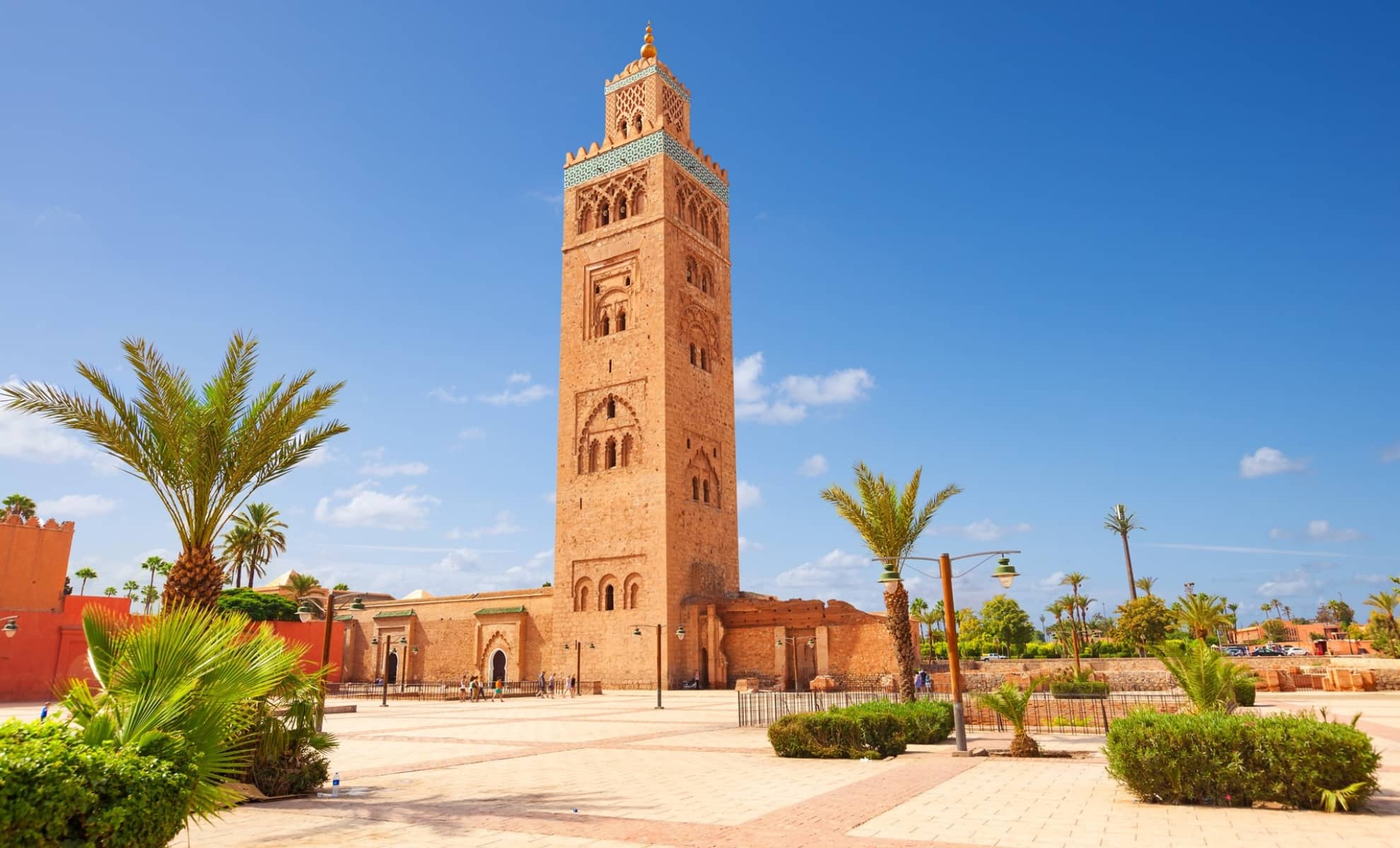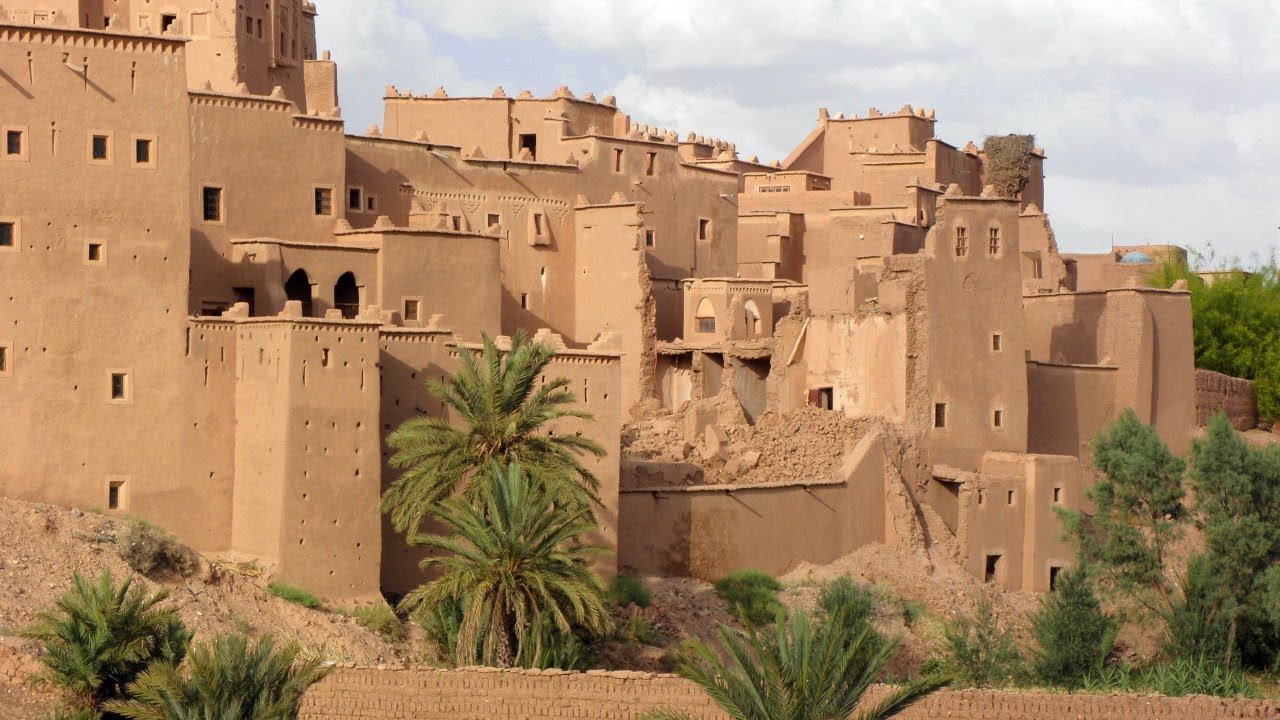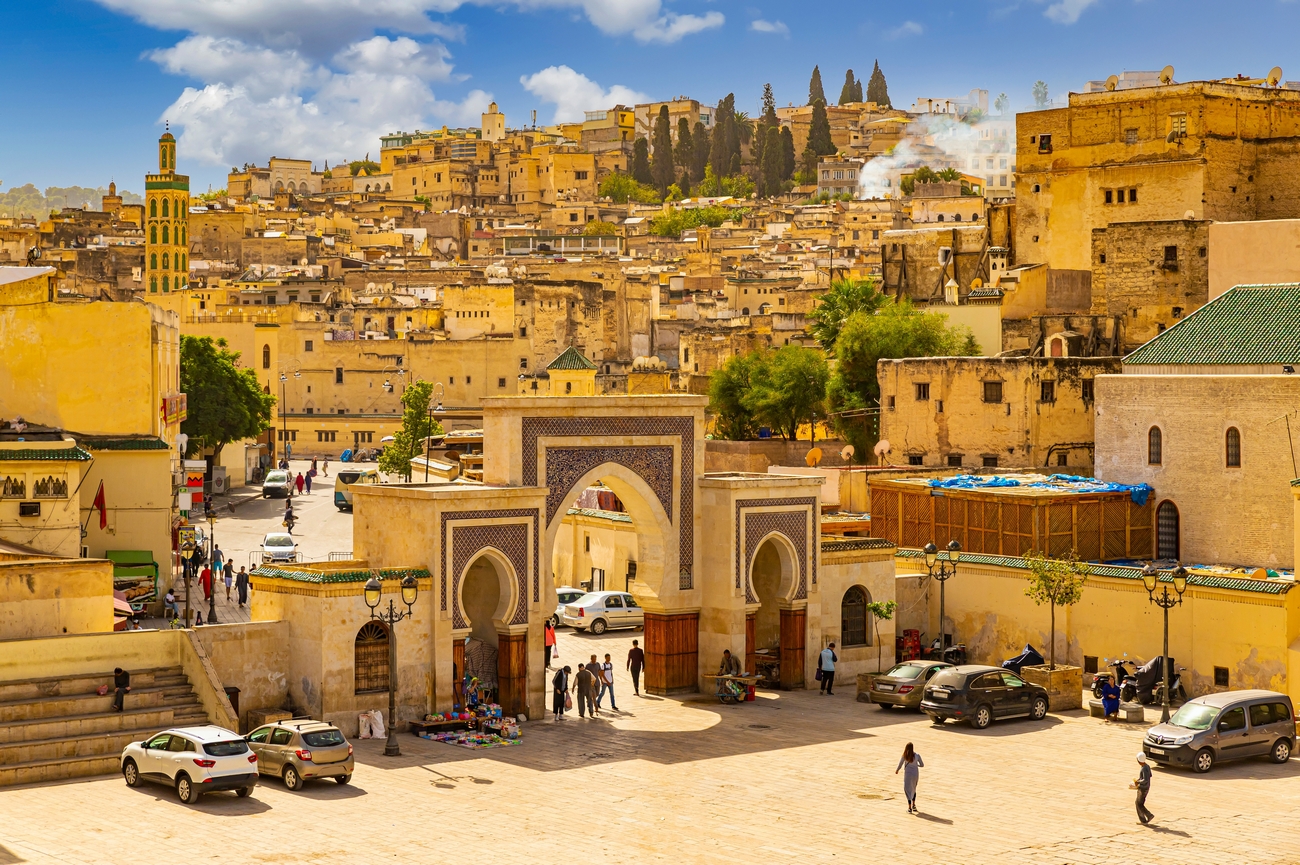The history of Morocco is marked by complex and often overlooked narratives that trace the presence and influence of Black people in the founding and development of several major cities in the country. Iconic cities like Marrakech, Sidjilmassa, and Fès are associated, in various traditions and historical accounts, with Black figures who played a significant role in their foundation or evolution.
Nofi explores these narratives by highlighting the origins and roles of Black people in these Moroccan cities.
Marrakech, a city with a controversial name

Marrakech, one of Morocco’s most famous cities, is often linked to stories involving Black populations. According to the Arab historian Al-Marrakushi, Marrakech might have been named after a Black slave known for his activities in banditry. Another theory, presented by Ibn Khallikân, suggests that the name of the city means “go away quickly,” a phrase spoken by travelers due to the threat of bandits. This latter interpretation implies that the association between Marrakech and Black people might be tied to a negative connotation of the time.
However, it is important to note that the hypothesis linking the name of Marrakech to a Black person may stem from a mere phonetic resemblance to the word “Koush,” which historically referred to a Black person. This account, although present in oral and written traditions, remains one of the least convincing when examining the historical origins of the city.
Sidjilmassa, a commercial hub under Black influence

Sidjilmassa, located in southeastern Morocco, was a major commercial center during the Middle Ages. Unlike Marrakech, Sidjilmassa’s ties to Black populations are more clearly established. According to the Arab geographer Al-Bakri, the first ruler of Sidjilmassa, founded in the 8th century, was a Black man named ‘Isa ibn Yazid. His reign, which lasted fifteen years, ended when he was accused of theft and executed.
Moroccan historian Majda Tangi suggests in her thesis that the region of Sidjilmassa was predominantly populated by Black people before the arrival of the Berber Meknasa and the Arabs in the 8th century. These newcomers may have used the influence of a Black native to establish control before eliminating him. This hypothesis suggests a deep-rooted Black presence in the city’s history, often reduced to the roles of merchants or slaves in traditional accounts.
Fès, the Black man ‘Alun and the founding of the city

Fès, founded by Idris I in the 8th century, is often considered the spiritual and cultural heart of Morocco. Under the reign of his son, Idris II, Fès became the capital of the Idrisid state. A story reported by Ibn Abi Zar’ mentions that a Black man named ‘Alun, known for his banditry around Fès, was executed in public by order of Idris II. A fountain, which was still named “fountain of ‘Alun” during Ibn Abi Zar’s time, bore witness to this event.
This story, like those of Marrakech and Sidjilmassa, suggests a tendency to associate Black people with acts of banditry, raising questions about the accuracy and intent behind these historical narrations.
Reflections on the association of Black people with the founding of Moroccan cities
The accounts concerning Marrakech, Sidjilmassa, and Fès show a recurring theme: the association of Black figures with the origins or protection of these cities, often in the context of conflict or criminality. Majda Tangi questions this repetition by wondering whether these figures should be seen as “isolated individuals” or the “survivors of a Black people who disappeared under the blows of immigrants from the East.” She adds:
“‘ALUN AND MARRAKECH: WERE THEY REALLY BANDITS OR DEFENDERS OF THEIR OWN THREATENED TERRITORIES?”
These reflections raise crucial questions about how history has been written and passed down. The idea that Black people were systematically portrayed in a negative light may reflect cultural or political biases of the time, inviting a critical reassessment of historical sources.
Conclusion
While no definitive conclusions can be drawn from these texts about the entire country, it is interesting to note the recurrence of stories linking important Moroccan cities to the presence of Black natives engaged in banditry.
Majda Tangi raises the question of this recurrence in the following terms:
“SHOULD WE SEE ‘ALUN AND MARRAKECH AS ISOLATED INDIVIDUALS, OR AS THE SURVIVORS OF A SUDANESE (=BLACK) PEOPLE WHO DISAPPEARED UNDER THE BLOWS OF IMMIGRANTS FROM THE EAST? WERE ‘ALUN AND ‘MARRAKECH’ REALLY BANDITS OR DEFENDERS OF THEIR OWN THREATENED TERRITORIES? THE CHARGES AGAINST THEM REMAIN SUBJECT TO DISCUSSION.”
